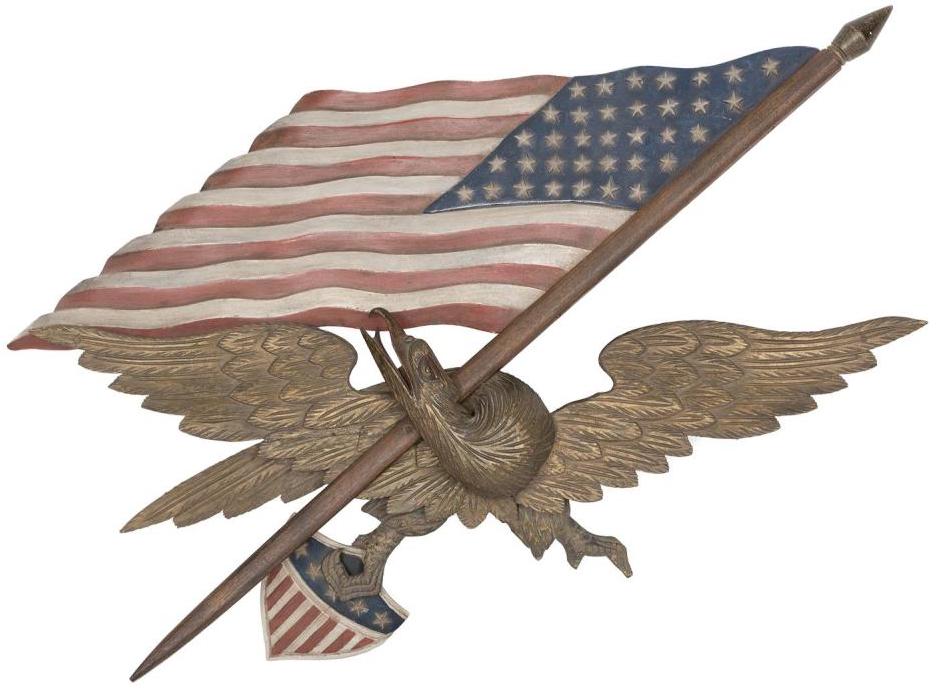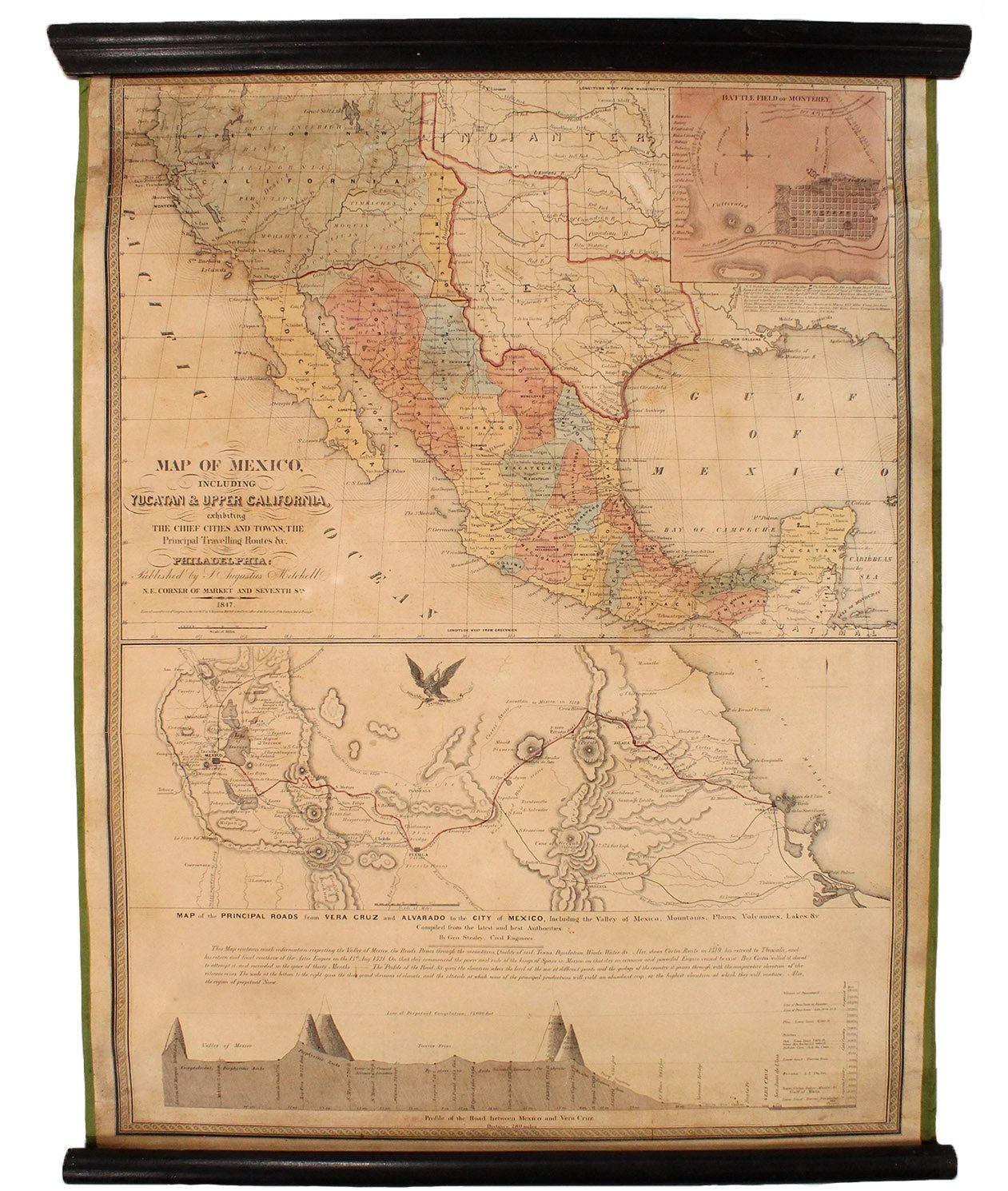Albert Einstein's Life and Legacy
Albert Einstein was born in Ulm, in the Kingdom of Württemberg, Germany, on March 14, 1879. Shortly after his birth, his family moved to Munich, where he later began his schooling at the Luitpold Gymnasium. They later moved to Italy and he continued his schooling in Aarau, Switzerland.
In 1896, he entered the Swiss Federal Polytechnic School in Zurich to be trained as a teacher in physics and mathematics. However, after graduation in 1900, Einstein faced difficulty in landing a teaching job. Because he studied advanced subjects on his own, he often cut classes. This resulted in animosity among some professors, especially Heinrich Weber. Unfortunately, Einstein asked Weber for a letter of recommendation and Einstein was subsequently turned down for every academic position that he applied to. He later wrote,
“I would have found [a job] long ago if Weber had not played a dishonest game with me.”
He instead accepted a position as a technical assistant in the Swiss Patent Office. This choice greatly shifted the course of his life- when he had time after examining patents, Einstein threw himself into his scientific work. He set out to answer the question that he had since he was a teenager: “What would happen if you were to race along a beam of light?” In a discovery that violated Newton’s laws of motion and unearthed facts unknown by James Clerk Maxwell, Einstein formulated the principle of relativity: “the speed of light is a constant in any inertial frame (constantly moving frame).” During 1905, a time often called Einstein’s “miracle year,” he published four papers in the Annalen der Physik, which would alter the course of modern physics.
“In the 19th century there were two pillars of physics: Newton’s laws of motion and Maxwell’s theory of light. Einstein was alone in realizing that they were in contradiction and that one of them must fall.” (Kaku, "Albert Einstein").
Einstein developed the theory after years of occupational failures and hardship. After testing his theory, Einstein became a scientific star considered the successor to Isaac Newton. In 1921, he was awarded the Nobel Prize in Physics for his work.
Despite his international respect, Einstein soon found himself at odds with his country. The rising Nazi Regime in Germany attacked Einstein’s theories and denounced his findings because of his Jewish background. After receiving threats on his life, Einstein left his home country for America and never returned. He settled at Princeton University in New Jersey. As the threat of war rose and tensions increased, Einstein’s famous equation E = mc2 was used to develop the atomic bomb. He was never invited onto the Manhattan Project, and later vehemently opposed creating the Hydrogen bomb. Throughout his life, Einstein remained highly active in physics attempting to create a unified field theory. His legacy also includes a strong stance on civil rights, speaking out against racism and war.
His beloved personality and poetic opinions earned him the respect of many across the world. Einstein corresponded and worked with many famous thinkers of the day including Sigmund Freud, Edwin Hubble, and Rabindranath Tagore. Such letters give great insight into his mind and are highly collected today. His letters cover a wide array of subjects and date mostly from the early 1900s through the 1950s. Einstein’s signed letters are normally in his native German, though sometimes in English, and feature his tight signature often abbreviated to “A. Einstein.”
We designed this collage to highlight a typed letter signed by Einstein at the bottom. The letter is addressed to Dr. Gabriel Segall and dated February 23, 1948. Written in German and typed on Einstein’s personal letterhead, the letter thanks Dr. Segall for his recent correspondence and says he is looking forward to a planned future meeting. Segall was Einstein’s personal doctor during his stay in California and the two became dear friends.
We paired this signed letter with two photographs of Einstein on either side. Signatures from Einstein have become increasingly expensive and difficult to find, so this is a gem for anyone interested in owning a piece of scientific history.







